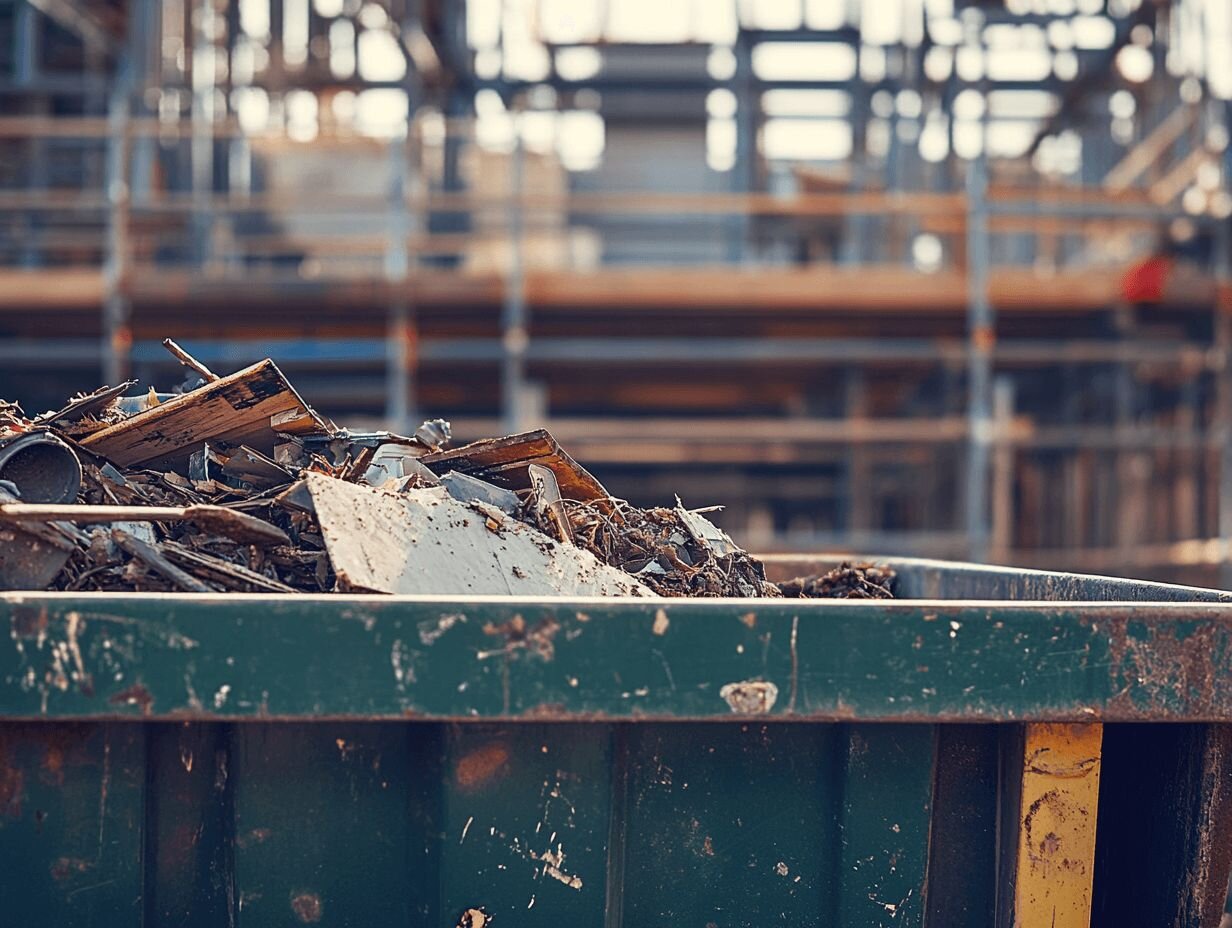If your crew is still tossing demo debris into a dumpster and calling it a day, you could be headed for trouble. Across the U.S., jobsite waste rules are getting tighter and the penalties are getting steeper.
What used to be a quick haul to the landfill is now a compliance minefield. Local governments are cracking down on construction and demolition (C&D) waste, and it’s not just the big cities or green-certified jobs anymore. Even if your project doesn’t fall under LEED®, Green Globes®, or the IgCC, local ordinances might still require strict waste tracking, reporting, and diversion.
And here’s the kicker: these aren’t one-size-fits-all rules. They change from city to city, county to county. What’s legal in one jurisdiction could get you flagged or fined in the next.
Take Orange County, California. If you’re working on a permitted new build, major alteration, or demo, you’re now required to divert at least 65% of nonhazardous C&D waste. That means recycling, reusing, or repurposing, not sending it to the landfill. You’ll also need to submit a final waste report with receipts, tickets, and diversion details to prove it. Miss the target, and you’re looking at fines up to $1,000 per day.
And within Orange County, some cities layer on even more requirements. In Irvine, for example, you’ll face a $1-per-square-foot waste diversion deposit (capped at $50,000 per project), and you won’t get a permit without an approved waste management plan. That’s the new baseline, and it’s stricter than the county standard.
More jurisdictions are following suit, using the International Green Construction Code (IgCC) or ASHRAE 189.1 as their baseline. If you're working under those rules, the job doesn’t start without a Construction and Demolition Waste Management Plan in place. That plan must outline:
- What you’re diverting (by material type)
- How you’re separating or co-mingling waste
- Who’s hauling it and where it’s going
- Diversion rates at each facility
- How you’re tracking and reporting it
Compliance with LEED® v4.1 or v5 waste targets is now built into many project specs, and hitting those numbers isn’t optional if you want to stay competitive. They require:
- Diverting 50–75% of all construction and demo waste
- Generating less than 10 pounds of waste per square foot (new builds only)
- Using source-separated bins or verified comingled facilities
- Keeping all reporting accurate and up to date for third-party review
Some programs also penalize waste-to-energy incineration, meaning even if it’s “reused” for energy, it might not count toward your diversion rate.
Waste is now a regulated deliverable, just like electrical inspections or concrete testing. If your team can’t track, sort, and report it properly, you risk blown schedules, failed inspections, or lost bids.
This is where a lot of contractors get caught flat-footed, especially if they’re managing multiple jobs across different regions. If your superintendents and subs aren’t aligned on local rules, you’re gambling with your margins.
The fix? Get proactive. Build a jobsite waste plan before you break ground. Talk to your haulers. Know your local rules. And make sure your paperwork is as solid as your buildout.
No one’s paying you to take out the trash, but they’ll definitely fine you for doing it wrong.



